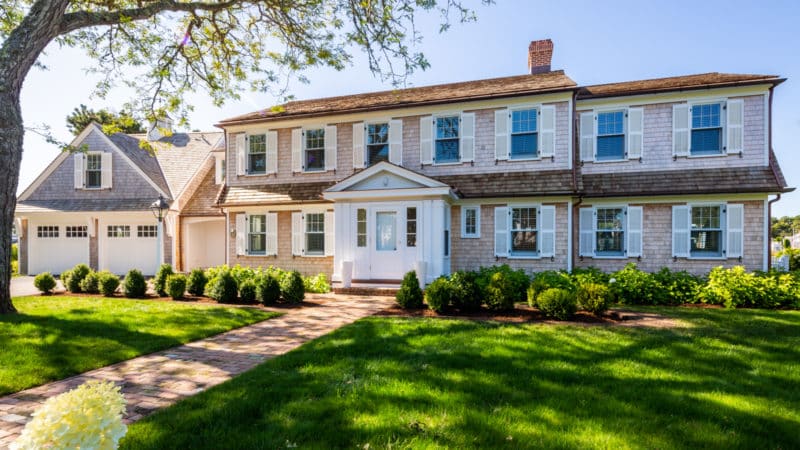
Many prospective homeowners choose not to purchase existing construction but build from the ground up. Or, in prime locations, some buyers buy an older, smaller home and tear it down to create their dream home.
It’s easy to see why building a custom home is attractive. You get the ability to design your living space and incorporate the features that matter most to you. Please remember that creating your dream custom home requires careful planning and budgeting before you begin.
The building process for custom homes may look like this:
Start with Pre-Planning
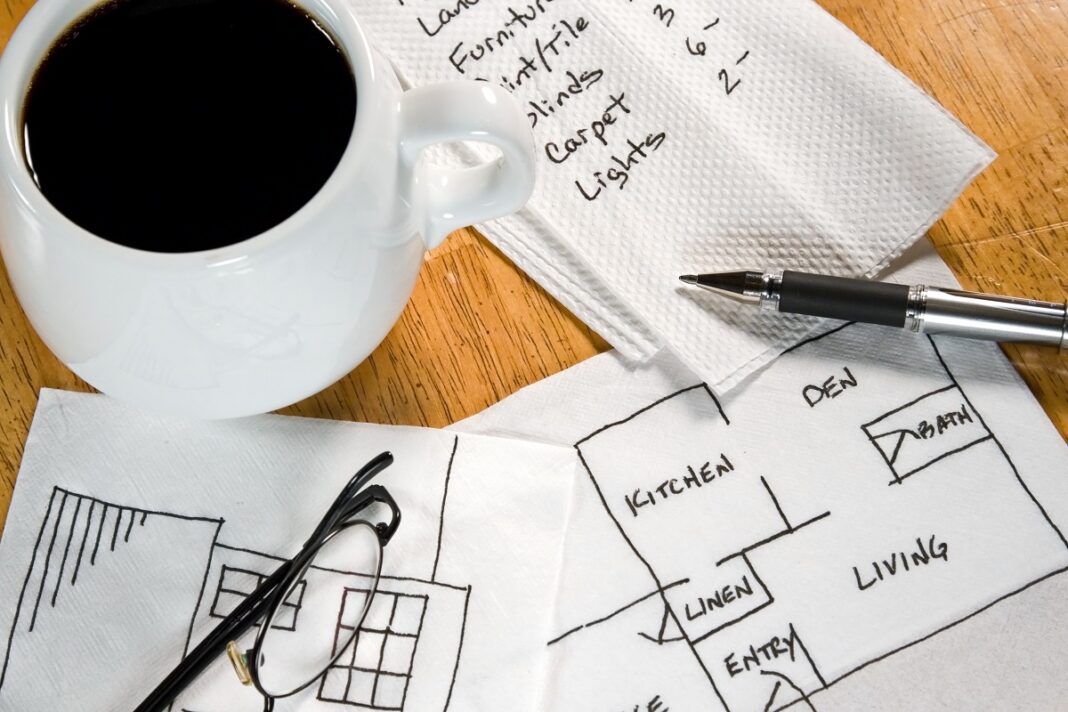
Every process starts with ideas. First, determine the style of home you’d like and how you need the space to function. Then research home types (contemporary, traditional), floor plans, and features (energy efficiency, flooring, appliances) that interest you.
Second, determine a budget. This step will include the entire process from design to completion. It’s an excellent move to create a “must-have” list before the design and estimation phase, so you know which features are important.
Location, lot, and topography are critical factors in the building process. There may be zoning considerations, association restrictions, and environmental concerns like wetlands or flood zones. The process outlined in this blog assumes that you are purchasing or already own land. Otherwise, you might want to consult with an experienced builder as you search for a location that’ll meet your needs.
Additional Resources
Invest in the Planning Process
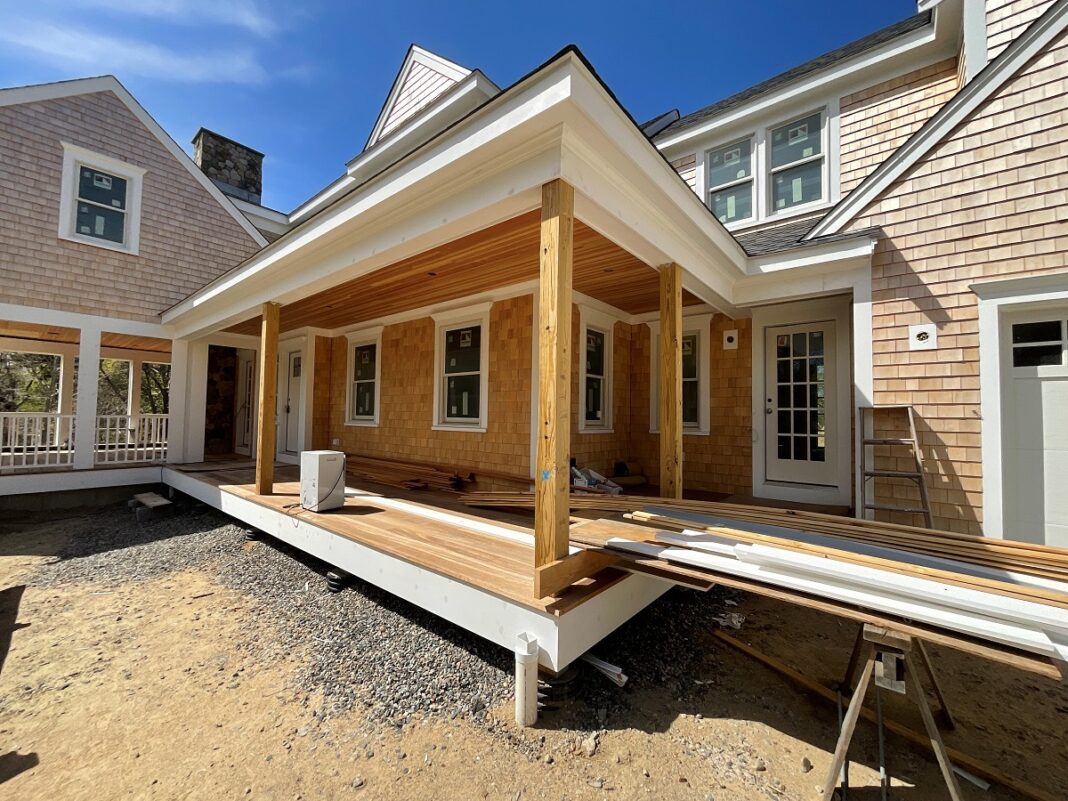
It’s essential to put time and money into the planning stages of building a home. During this phase, you should research building options and consult with either an architect, architectural designer, or design-build company like McPhee Associates. In addition, you should check the cost of your must-have features and determine if they fit within your budget. Based on your findings, you may need to adjust your priorities.
The investment in careful planning before construction pays off. Once final plans are in place and building begins, changes are more likely to be expensive or more difficult to implement.
Additional Resources
Create the Right Floor Plan
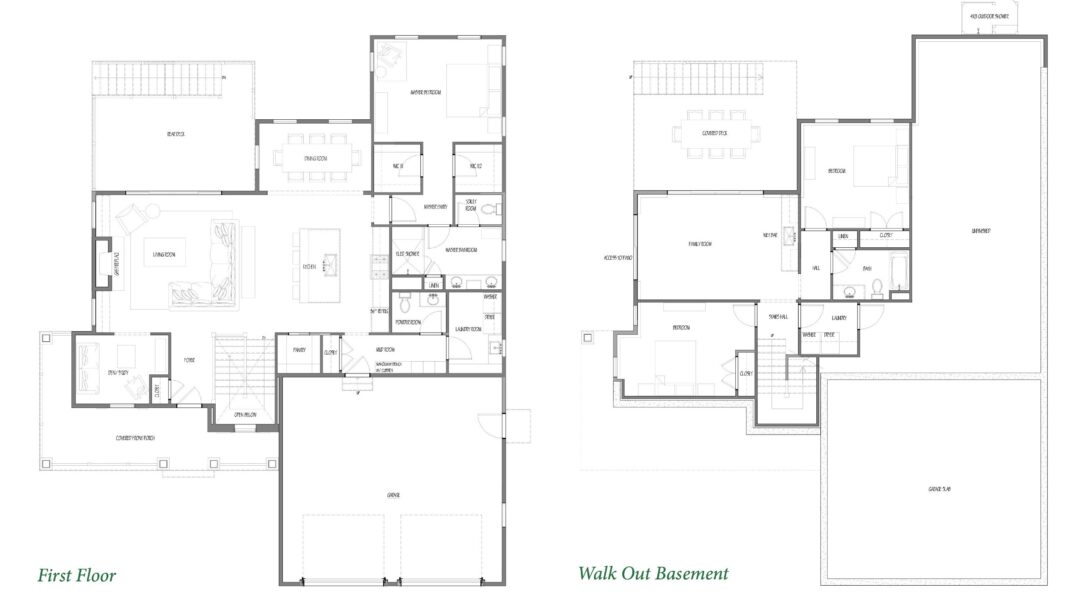
Your floor plan is the most crucial aspect of your design. It serves as a “blueprint” for the construction process and your new home. Floor plans also help visualize how your living space flows from one area to another. We recommend reviewing various floor plans and picking the one that best meets your needs. During this step, you should consider the types and number of rooms you want and whether you like a traditional or open floor plan. During this phase, you will also consider trim packages, fireplaces, built-ins, appliances, and other “bonus” features that can affect your budget.
Additional Resources
Design your Home’s Elevation
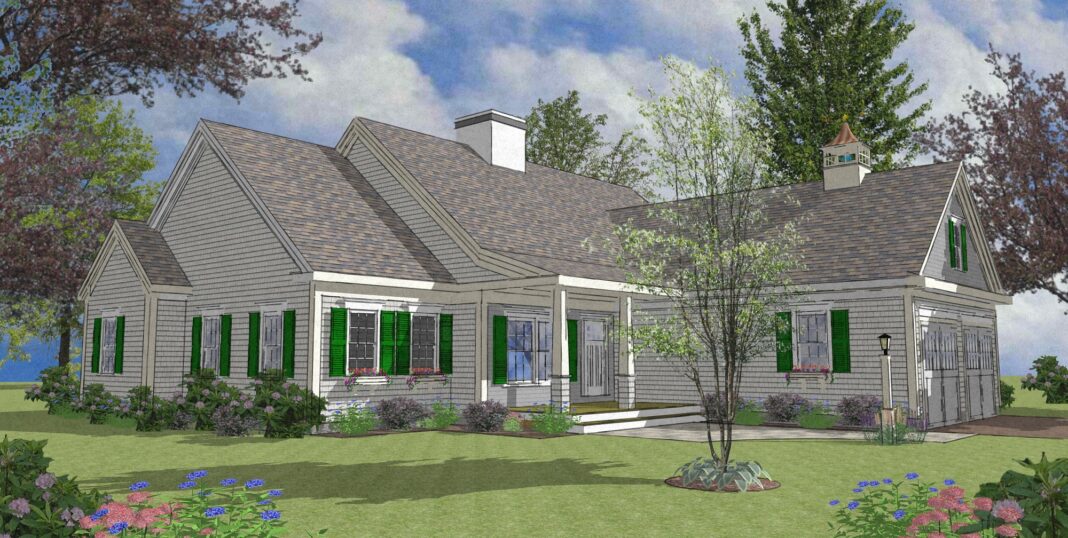
The elevation of a home is the exterior design of its front, sides, or rear in both style and function. A few critical elements that encompass a home’s elevation include bump-outs, entranceways, porches, the garage footprint, and the basement. You design this aspect of your house simultaneously with the floor plan. These decisions are set in stone once the building team pours the foundation.
Find a Builder Who Specializes in New Construction
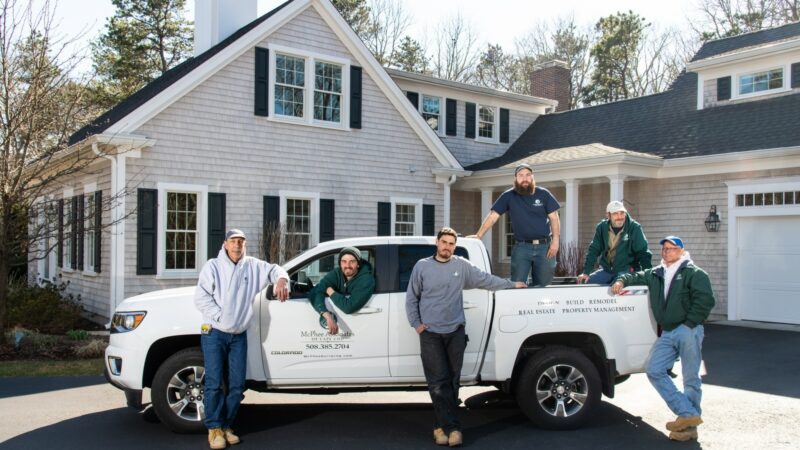
When you hire a professional to build your custom home, find a builder specializing in new custom home construction. Check their licensing and review references from their clients and vendors. Please take a look at their experience and previous homes built. Be sure to ask for a written contract that includes project details like a construction estimate and schedule.
Determining what you want and putting it down on paper can make the difference in building the custom home you’ve envisioned. In the end, if your home is your castle, you want to enjoy living there. So, before you build your custom home, plan out all the details and features with a professional.
Additional Resources
Incorporate Sustainability and Energy Efficiency
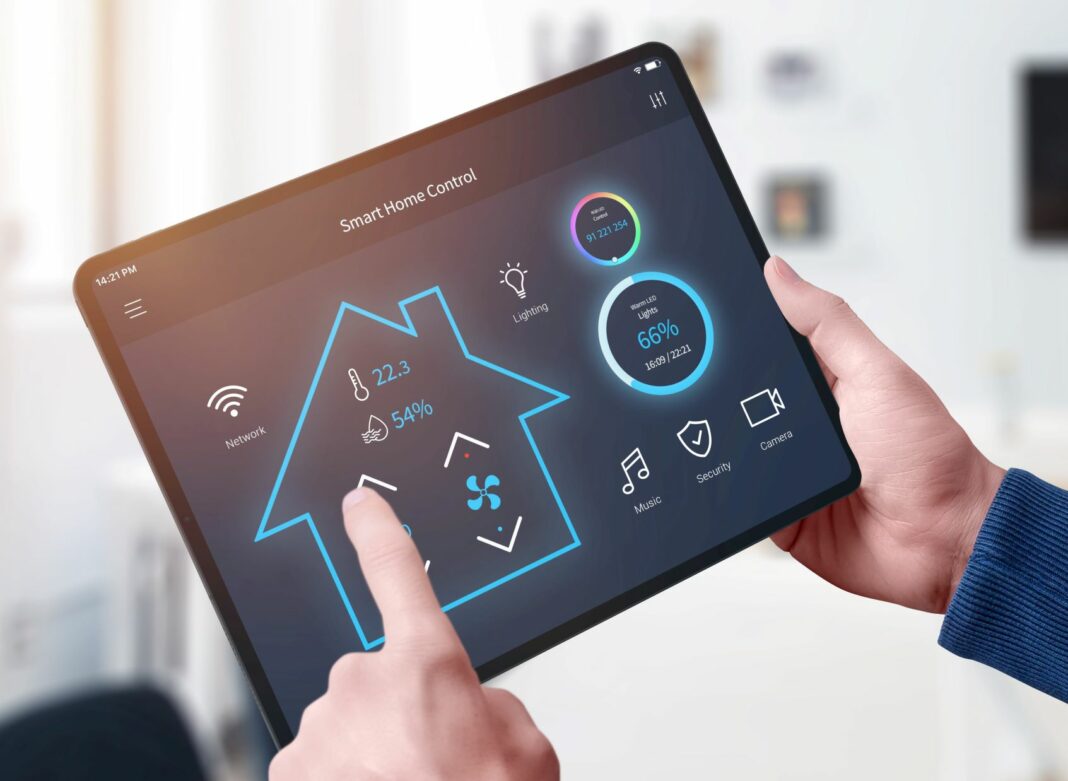
Building a new home presents a remarkable opportunity to implement sustainability and reduce your home’s carbon footprint and costs. Innovative energy-saving products and eco-solutions range from enhanced insulation and energy-efficient windows to smart thermostats and light control. High-efficiency heating, cooling, and water heaters increase comfort while reducing energy consumption and related expenses. You also have the option of solar production, a requirement in specific towns on Cape Cod. Many of these products are eligible for special tax incentives and rebates.
Additional Resources
Make your Exterior Color & Material Selections
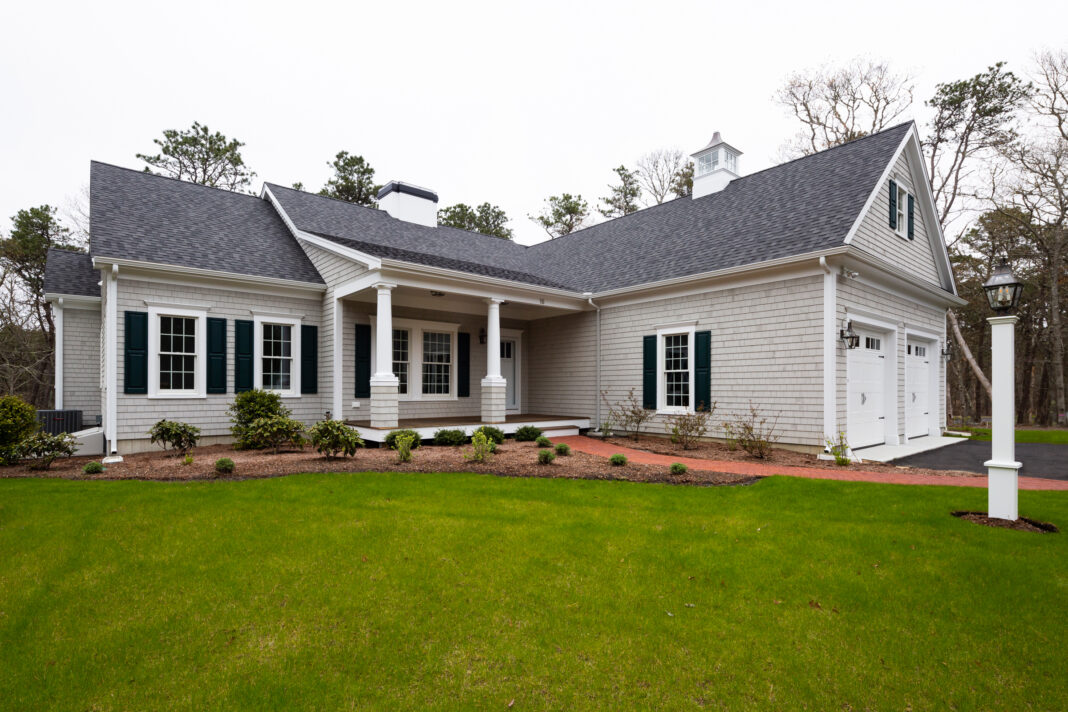
When choosing colors for your home, there are many decisions to make, both inside and out. We recommend starting with the exterior of your home and selecting the tones and materials that appeal to you.
Then, you can choose complementary shades for the roof, siding, shutters, doors, window trim, and gutters. You will also need to consider deck materials, railing systems, stairs, and masonry areas such as veneers, chimneys, etc.
While landscaping gets completed towards the end of a project, you will need to consider material choices for walkways and retaining walls. A landscape architect can help with a primary plan for grading, beds, plantings, and exterior lighting.
Choose your Interior Color, Cabinetry and Fixtures
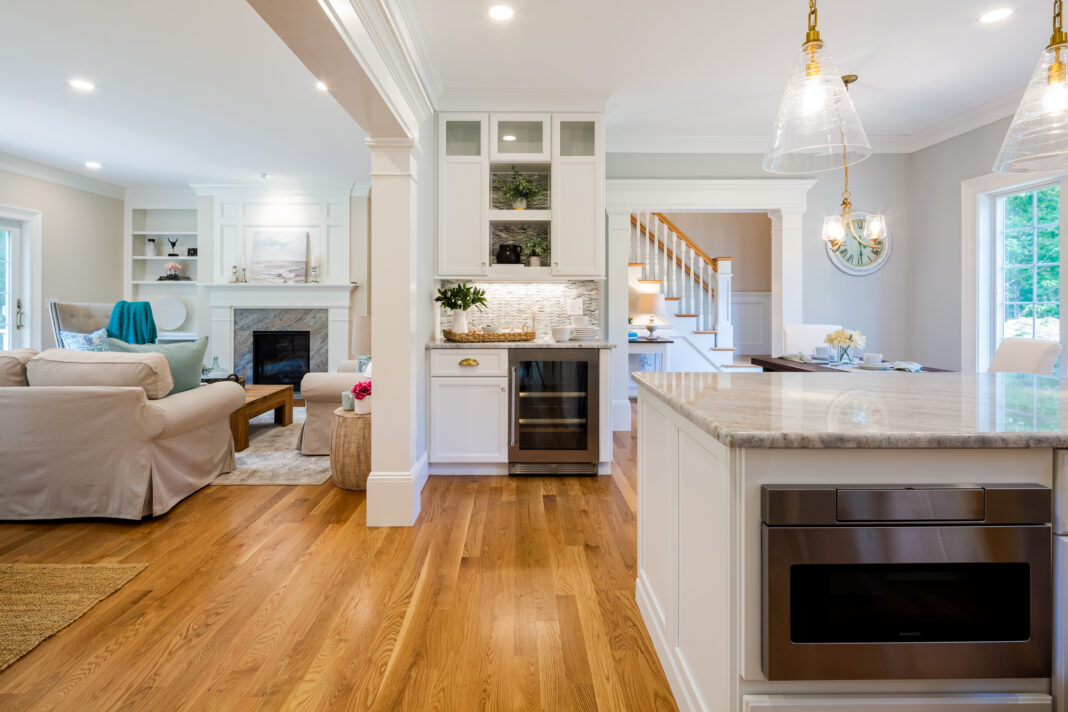
As you move into the interior selections, you will create your home’s style and personality. It’s wise to make these decisions simultaneously for a cohesive flow from room to room. Try working with mood boards or a paint consultant. Or, consider hiring an interior designer to help with selections and your ideal color scheme. Some custom builders, like McPhee Associates, will have an interior selections coordinator on staff who can help guide you through this process.
First, decide on the architectural components like fireplaces, mantels, built-ins, molding, trim, doors, and staircases. Then select your floors, cabinets, and countertops. From there, decide on the colors of your walls and accent elements like backsplashes and wallpaper. And lastly, choose important home fixtures like lighting and hardware., which should match your home’s style. Breaking your choices down room by room will ease the decision-making.
